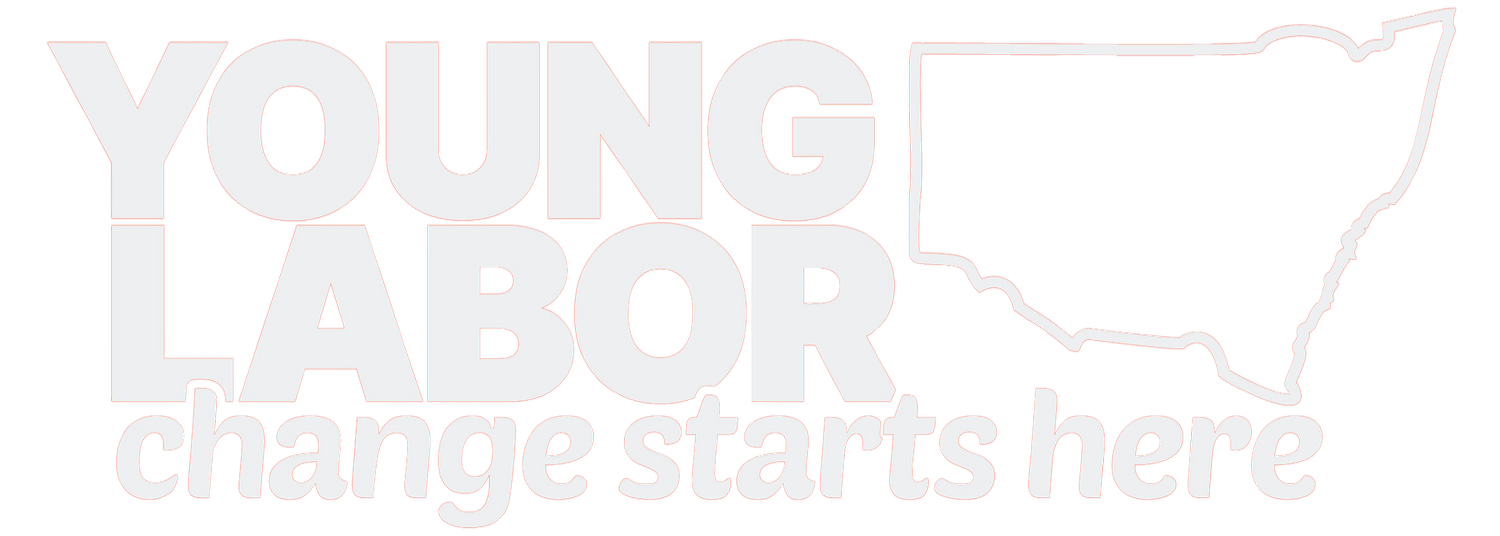What Now? Rebuilding in the wake of COVID-19
It seemed just a few days ago, Prime Minister Scott Morrison was announcing his first economic stimulus package in response to COVID-19, and the country was on the brink of heading into lockdown. Or maybe, it seems like a lifetime ago, depending on how quarantine has treated you.
But with some semblance of normalcy trickling back into our lives, and with the curve significantly flattened, a new question faces Australians and the government. It is not ‘what do we do now?’, it is ‘what do we do, now?’
Almost 1 million Australians have lost their job as a result of the pandemic, according to the Australian Bureau of Statistics. A disproportionate number of these are young people, with 9.9 per cent of workers under 20 losing their jobs during March. With this, the increase in the number of people applying for Centrelink has been sharp and continuing to increase as more and more people lose income.
The Morrison Government’s Jobseeker and Jobkeeper packages were introduced as part of multi-million dollar stimulus packages, the aim being to mitigate the detrimental economic impact of the virus. It doesn’t stop there, with many of the states and territories introducing their own measures including small business packages, rental relief, and childcare supplements.
But with our lives and the economy shifting back into gear, the question remains on how we manage the next few months, and potentially years, as we work to rebuild the economy in the wake of the crisis.
“The general focus now seems to have shifted onto curbing the long-term economic costs, as opposed to the goal of eliminating the virus.”
Many (yes, including Jacqui Lambie, don’t panic), have suggested the increase in welfare payments such as Newstart and Jobkeeper should remain to boost short term spending and keep those who are worse off on their feet. As more and more have found themselves relying on government support during these last few weeks, it is a wonder how the government could consider reducing Newstart to its previous $40/day.
As Australia’s curve continues to flatten, calls to open the economy up for business become more widespread, with many eager to get back to ‘business as usual’ and reduce losses. Indeed, the general focus now seems to have shifted from curbing the long-term economic costs, as opposed to the goal of eliminating the virus that reigned just two weeks ago.
Though, not all economists are subscribing to this view, as evidenced by this open letter urging the government to consider public health over the economy, at least for now.
Australia is now on the cusp of this virus, stuck in a limbo where one has to consider the ongoing health crisis alongside the impending economic one.
There is no doubt a steep economic downturn is imminent; that is not in question. The question does remain, however - what to do next.
